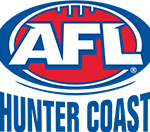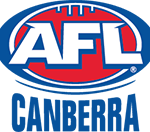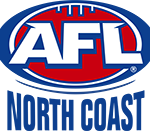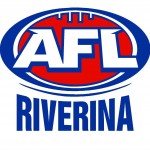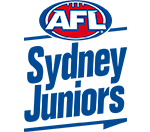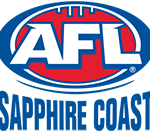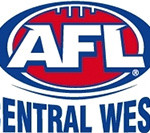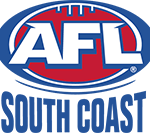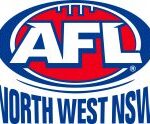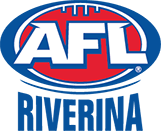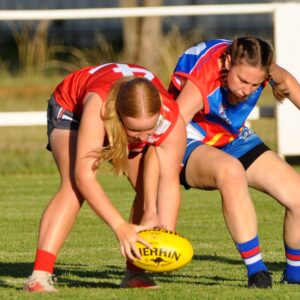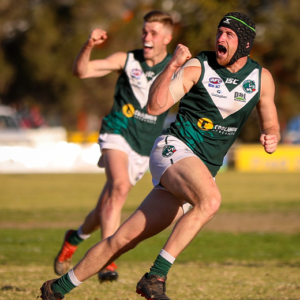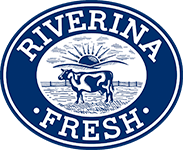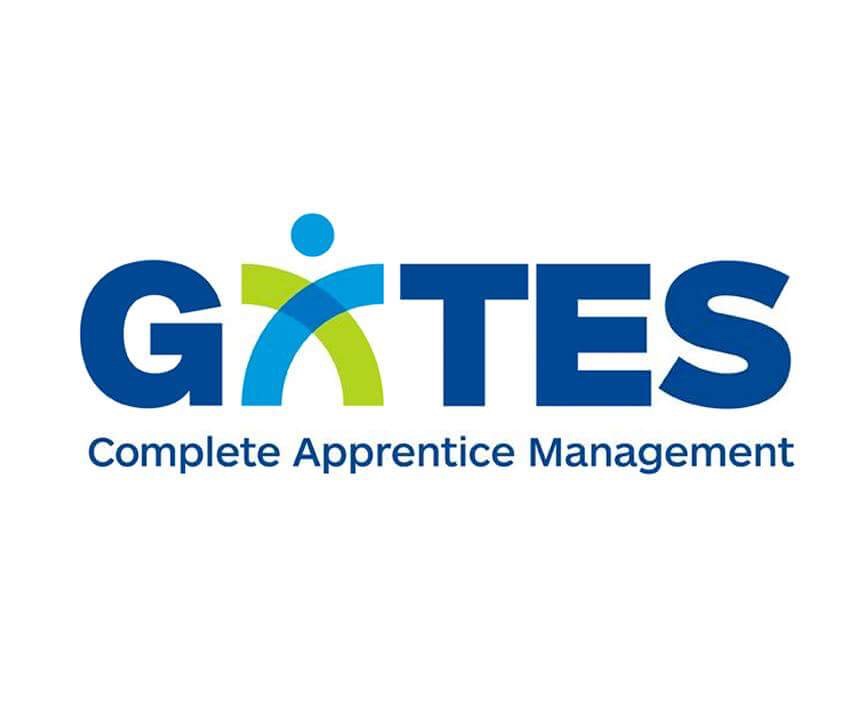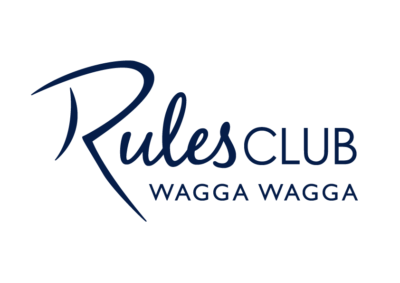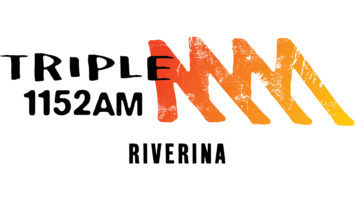RECORD FEATURE: TRYC MAGPIES

In the creation of premierships, there’s no telling what the crucial ingredient might be. Maybe who the coach’s girlfriend’s friends are. Or a chance taken on a teenager. It could be an unexplained black eye at a tribunal hearing. Or an inspirational game from a legend. Or maybe a mid-season message from those that went before you of just how much they mean.
As The Rock-Yerong Creek celebrates two reunions this weekend, Aaron de Jong recalls a poignant moment in 2006 that linked them with the success of 1986.
“I remember we had the 20-year reunion that year (of the club’s first flag) and I still remember Mark Driscoll got up and gave a really stirring speech to us about having a flag,” de Jong says.
“And in 10 years time, we’re sitting there having a 10 year reunion.”
They are teams linking two eras. The drought-breaking Pies of ‘86 who paved a path into the future. And the players in 2006 who provided proof that The Rock-Yerong Creek had indeed arrived, winning the club’s sixth flag, and fourth in a decade.
TRYC: 1.4 5.5 8.7 10.8 (68)
MCU: 2.3 6.6 8.9 9.12 (66)
Goals: Paul Priestly 3.0, Richard Flanagan 2.2, D Walsh 2.1, Warren Kartinyeri 1.2, Tommy Smith 1.0, Andy Donelan 1.0, I McKenzie 0.1 rushed – 0.2; (MCU) M McRae 3.2, S Cole 1.3, Z Separovich 1.1, D Galvin 1.0, W Galvin 1.0, I Cohalan 1.0, P Longley 1.0, C Geier 0.2, T Ion 0.2, T Smith 0.1, D Cole 0.1
Best: (TRYC) F McGregor (bog), P Priestly, P Cerato, T Smith, G Terlich, W Kartinyeri, D Walsh; (MCU) Z Separovich, D Galvin, M McRae, J Schultz, T Kendall, T Lloyd, D Cole.
Mark Driscoll was a late inclusion having missed the second semi-final with a shoulder injury that had troubled him all year. He was one of the lucky ones coming in. Kevin Driscoll went the other way, after getting cleaned up in the semi-final and failing a fitness test on his shoulder on the Thursday before the grand final.
But it’s a year he remembers well, with his now brother-in-law Graeme Terlich coming from Osborne to The Rock as a 16-year old and becoming the youngest player ever to win TRYC best and fairest. And a couple of brilliant Aboriginal footballers, Tommy Smith and Warren Kartinyeri. All three were among the Pies best on grand final day.
It was a brutal decider, even in its day, with a first-quarter brawl ensuring an infamous front page of Monday’s paper. But it couldn’t overshadow the significance of the win.
“We were 25 years as an amalgamated club and we’d only won one final (prior to 1986),” Bob Driscoll says.
Then president, Driscoll says the Magpies weren’t far away in 1985 under the guidance of coach Peter Cerato and assistant Ian McKenzie. They stuck around the following year, providing the level heads of experience along with Alan Wanganeen.
The club found Damien Walsh to coach, a Queenslander then playing in the Ovens and Murray League who had never lost a grand final in six appearances. Despite missing much of the season with a knee injury, he was crucial at the business end. He proved he’d recovered with three goals in a quarter in the last round against Temora – the only team that had beaten the Pies all year.
Walsh then kicked the winning goal in the semi-final against the Goannas, played on a ‘sea of mud’ at Maher Oval, and finishing 4.2.26 to 2.8.20, and he repeated the effort two weeks later in similar conditions against the same opposition.
His goal with six minutes to go put the Pies four points in front and they held on to win by two.
With Walsh had come Paul Priestly – a ruck-rover who kicked a crucial goal from 40 metres out with a water-logged ball – and centreman Foster McGregor who was following Walsh around because their girlfriends were close friends.
Both had 23 touches on grand final day (Peter Cerato had 26) and McGregor was best-on-ground.
“We had no success so we didn’t know what it was about, but those boys did,” Driscoll says.
“They’d come from successful sides and they’d played in premierships. Walshy did an amazing job. He took it over, talked it up and everyone believed him.”
Yerong Creek’s last premiership had been in 1954; The Rock’s in 1947. It’s hard to overstate how much that 1986 success meant to the communities.
“To get the monkey off our backs – you’d go to other grand finals all those years and they always had who won premierships and our name was never there. All of a sudden it had our name there,” Driscoll says.
“When you’re 25 years amalgamated and you’ve only won one final, to win a flag… I mean, yeah, it took us a long time to recover! We didn’t bounce back the year after because we were so focussed on what we did in 86. But that’s changed now.”
That’s an understatement. By 2006 the Magpies were on the road to becoming the most successful Farrer League club of the modern era.
TRYC: 20.13 (133)
CAK: 15.9 (99)
Goals: (TRYC) J Brown 8, R Forsyth 2, T Merrills 2, T Yates, M Leaver, R Wadley, W Murphy, T Hannam, J Simpson, J Driscoll, B Ball; (CAK) J Wild 3, S Macaulay 3, M McClure 2, A Carey 2, G Rudd, J McKenzie, N Fuller, T Glanvill, B Aiken
Best: (CAK) R Wadley, M O’Leary, J Brown, R Forsyth, M Leaver, B Ball; (CAK) C Shaw, T Glanvill, D Anthony, T Gunning, J Wils, S Gow, D Ferguson
Coach Jason Brown provided a powerful presence up forward. He kicked eight goals in the grand final and had booted 18 in the final round against North Wagga ensuring they finished the home-and-away season on top on percentage.
But the late Mark “Grunta” O’Leary provided the team’s heart.
When the Pies won the 1998 premiership, the big man was referred to as being in ‘the twilight of his career’. Eight years later, he won the medal as best-on-ground in yet another grand final. A decade on, he is remembered as an inspiration.
“He was unreal,” says Bryan Ball, then only 20. “Being a young fella at that stage, you just knew he had your back which was absolutely awesome when you’re a kid and I was only tiny as well.”
Ball also recalls the job Ryan Forsyth did tagging Brad Aiken on grand final. Forsyth himself plays down his role, and also refers to their big man in the middle.
“He’s such a presence, he just made you stand that little bit taller… but he was a good ruckman as well as a really big presence,” Forsyth says. “He’d find his on-ballers regularly, and you knew you’d get a kick from him if you were nearby.”
One of those was Aaron de Jong – assistant coach in 2006 and enjoying another best-and-fairest winning season. In his time at Tigers, de Jong says he’d seen Terry Daniher and Darren Cook dominate games but no-one quite to the extent that O’Leary could.
“You just knew he’d win the contest, you could just rely on him every time. We had a really good combination me and him for a few years. We used to talk about it that I got the accolades and won the best-and-fairests but there was only one reason – because he was pumping it down my throat all day.”
De Jong was fortunate to even be there on grand final day after a fight with Chris Gow in their previous final led to a nervous date at the tribunal.
“We often joke about it – we’re mates – but Gowie had a big black eye popping out of his head. It was lucky – he won the league medal that year, the night before we went to the tribunal and I reckon that was the only thing that got us off.”
That was de Jong’s last serious year of football but he’s had an influence on those still there.
“I loved playing with ‘Donga’” Bryan Ball says.”He was probably my favourite player I’ve ever played with apart from ‘Grunta’.
“He was just awesome teaching the kids and stuff, happy to put (responsibility) on their shoulders. He’d kick it out in front of you and tell you to run onto it. He was happy to use all the kids. If you were out in space he’d kick it to you, there was no drama about that.”
De Jong He says it was one of the most enjoyable aspects of 2006 – working with the emerging stars, including Ball, Justin Driscoll, Tom Yates and Todd Hannam who were all influential in another premiership last September.
“You could tell they were always trying to improve themselves whereas a lot of kids it’s in one ear and out the other. They were there for the right reasons,” de Jong says.
Forsyth too remembers the emergence of those younger players, including Hannam who considers himself fortunate to have broken into the team in the latter stages of the season.
“That’s something I remember about the grand final too is Toddy Hannam played a really good game,” Forsyth says.
“I was really impressed. He was obviously a talented kid but he was very much a kid and he was such a solid contributor. He wasn’t a stand-out he just contributed so well and a few key moments when it’s sink or swim, he very much stood up to the challenge.”
The fact that Forsyth was even at The Rock was testament to what the club had created in the intervening years since the heady success of 1986.
A school friend of Justin Driscoll, he said the familiar faces were only half the reason he headed to Victoria Park on his return from Sydney.
“Other than knowing Bob and Justin, the success at the club was something that attracts you to come and play as well because you want to win premierships. And I was fortunate enough to be a part of it, because it’s the only one for me… in 14 seasons of senior footy.”
Yet, it’s not something taken for granted by those that have been there for three or four flags. Players like Hannam and Ball know their good fortune is not only to be part of a successful era but to be able to enjoy it at their own local club.
